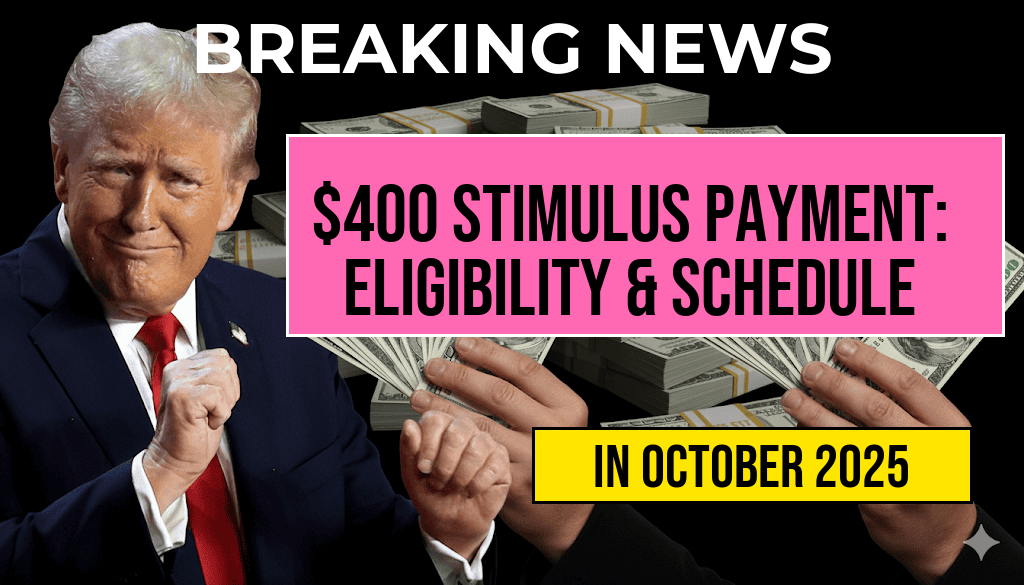Recent policy proposals aimed at addressing economic inequality and funding social programs are raising concerns among middle-class Americans about their financial stability in the coming years. Analysts warn that if these policies are enacted as currently drafted, the average household income could decline by approximately $1,300 in 2027, potentially pushing millions further into financial strain. The debate centers on balancing the need for government interventions with the potential unintended consequences on middle-income earners, who have historically served as the backbone of the U.S. economy. As lawmakers scrutinize proposed tax reforms, social spending initiatives, and regulatory changes, experts emphasize the importance of understanding the long-term implications for middle-class prosperity amid shifting fiscal strategies.
Key Policies Under Consideration and Their Impact
Tax Reforms and Revenue Generation
One of the primary drivers behind the projected income reduction is the proposed overhaul of the current tax structure. Lawmakers are debating whether to increase taxes on higher earners to fund expansive social programs, such as healthcare and education. While these measures aim to promote economic equity, critics argue that the increased tax burden could trickle down to middle-income households through indirect channels, including reduced disposable income and altered investment returns.
- Proposed tax hikes: An increase in capital gains taxes and marginal income tax rates on households earning above $200,000.
- Potential revenue: Estimates suggest a revenue boost of approximately $400 billion over the next decade, primarily sourced from higher earners.
- Critics’ view: Middle-class families could face higher costs indirectly, such as increased prices or reduced job opportunities, which contribute to the anticipated income decline.
Social Spending and Redistribution Policies
Efforts to expand social safety nets, including enhanced unemployment benefits, child care subsidies, and universal pre-kindergarten, are central to current policy discussions. While designed to lift families out of poverty, these initiatives require significant funding, which lawmakers propose to generate through increased taxation and reallocations from existing budgets.
| Program | Estimated Cost | Funding Source |
|---|---|---|
| Child Care Subsidies | $50 billion | Reallocation from federal budget, increased taxes on high earners |
| Universal Pre-Kindergarten | $40 billion | Tax increases, corporate contributions |
| Extended Unemployment Benefits | $30 billion | Revised payroll taxes |
Regulatory Changes and Their Economic Effects
Proposed reforms include stricter regulations on financial institutions and corporations, intended to curb excesses that contributed to previous economic downturns. While these measures aim to promote stability, the increased regulatory costs may lead to reduced corporate investment and hiring, which could disproportionately affect middle-income workers. Smaller businesses, in particular, may face higher compliance costs, potentially resulting in layoffs or wage stagnation.
Expert Perspectives on the Income Decline
Economists and policy analysts caution against oversimplifying the projected impact. Dr. Laura Simmons, a senior economist at the Urban Institute, emphasizes that the estimates are based on models that assume certain policy outcomes and economic responses. “While targeted at wealthier individuals, these policies can have ripple effects that impact middle-income households through changes in employment, inflation, and investment returns,” she explains.
Similarly, financial analyst Mark Thompson of Forbes notes that the timing and implementation of policies will be crucial. “If the government manages to phase in reforms gradually and mitigates adverse effects on employment, the actual income impact could be less severe,” he states.
Potential Long-Term Consequences for Middle-Class Stability
The forecast of a $1,300 cut in average annual household income signals broader concerns about the future of middle-class stability. Such a decline could affect consumer spending, savings rates, and long-term wealth accumulation, especially for families relying on steady income growth. Housing affordability, access to quality education, and healthcare could also become more challenging if disposable income diminishes further.
Policy Alternatives and Recommendations
To balance fiscal responsibility with economic security, some experts advocate for targeted approaches that support middle-income families without overly burdening higher earners. These include:
- Tax credits: Expanding child and earned income tax credits to provide immediate relief.
- Investment in workforce development: Enhancing skills training and education to boost earning potential.
- Gradual implementation: Phasing in reforms to allow markets and households to adjust smoothly.
As legislative debates continue, the path forward will determine whether the middle class can withstand the fiscal adjustments or face a prolonged period of financial pressure. Policymakers are urged to consider the real-world implications of these reforms to prevent further erosion of middle-income prosperity.
Frequently Asked Questions
What is the main concern highlighted in the article?
The article emphasizes that the middle class is under threat due to upcoming policies that could reduce the average income by approximately $1,300 in 2027.
How might the new policies impact middle-class households?
The policies are expected to reduce the average income of middle-class households, potentially leading to decreased purchasing power and economic stability for many families.
When are these potential income reductions projected to occur?
The income reductions are projected to take effect in the year 2027, highlighting the importance of policy changes and economic planning in the coming years.
What policies are responsible for the potential income decrease?
The article details new policies that involve tax reforms and regulatory changes which could lead to a $1,300 decline in middle class income.
What steps can middle-class individuals take to prepare for these changes?
Middle-class individuals should consider financial planning, enhancing skills, and staying informed about policy developments to better navigate potential income reductions.








